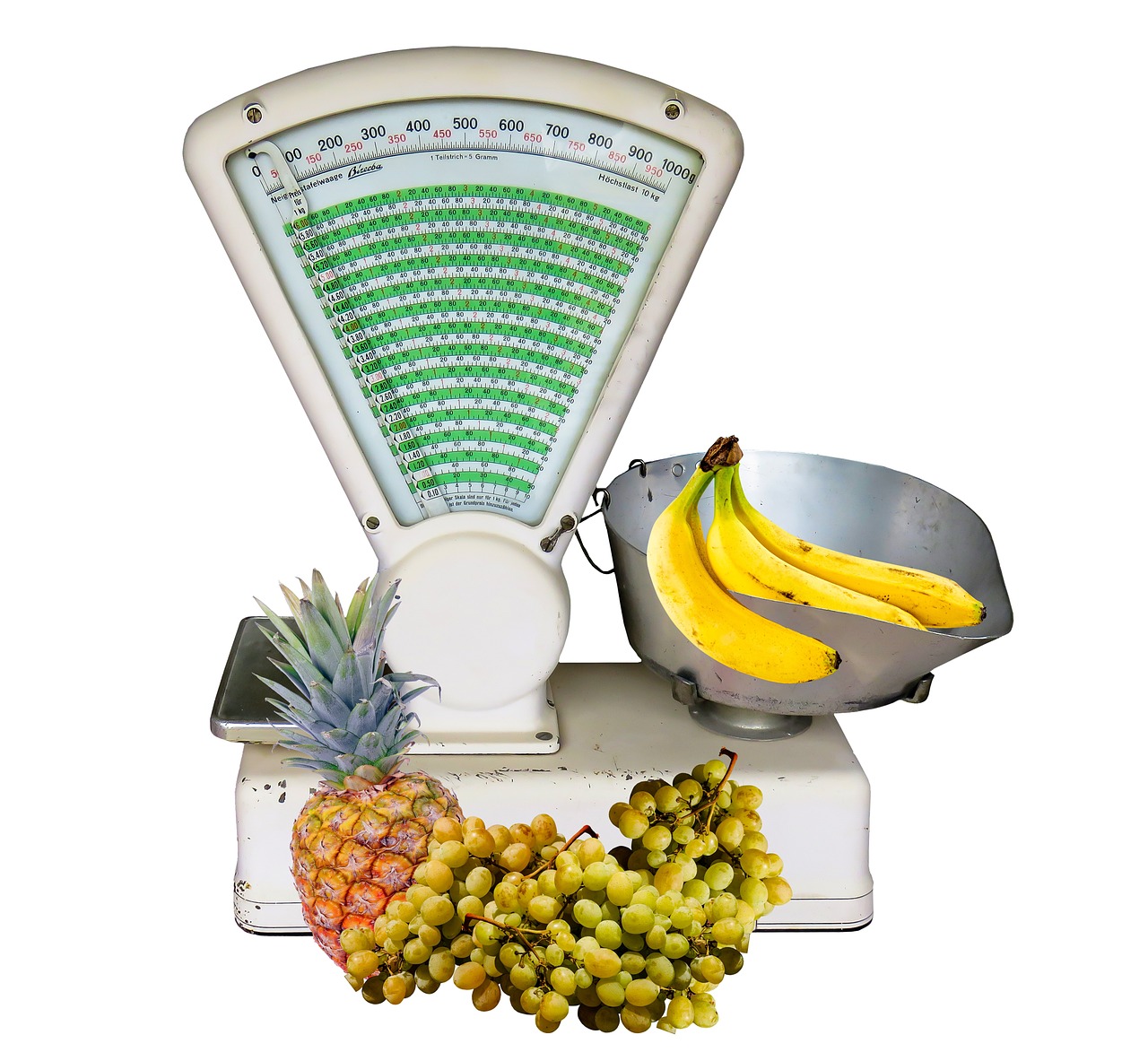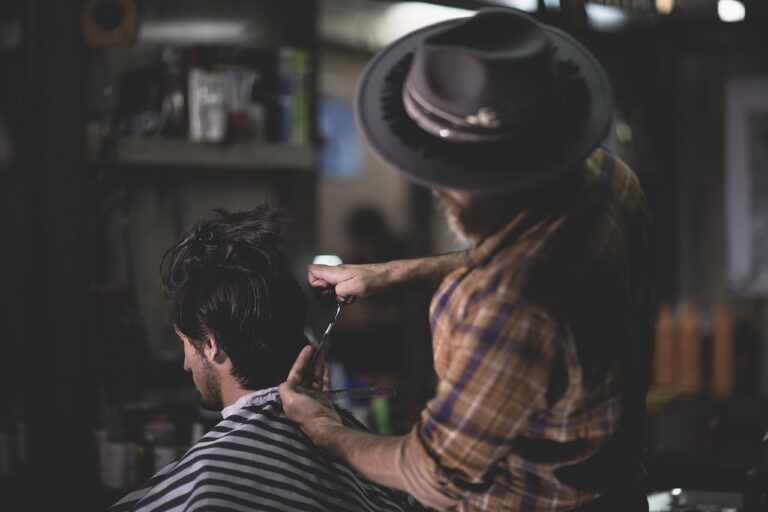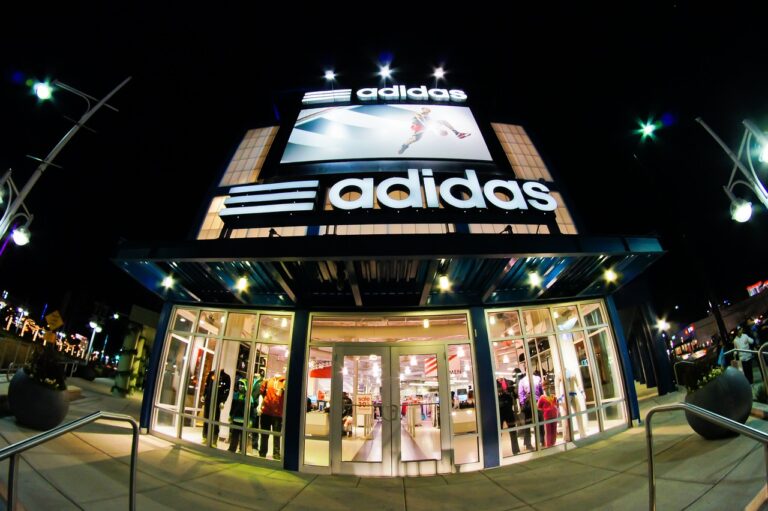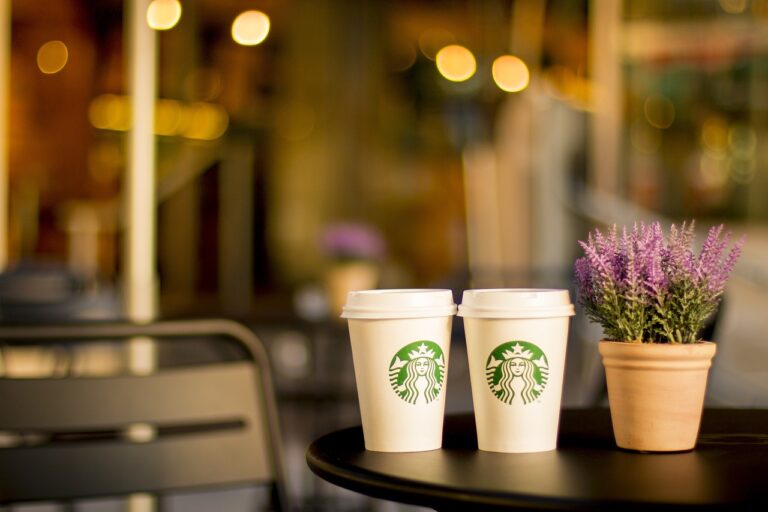The Evolution of Retail Pop-Up Stores in Urban Spaces
Traditional brick-and-mortar stores often grapple with declining foot traffic, as consumers are increasingly turning to online shopping for convenience and variety. The rise of e-commerce giants like Amazon has posed a significant threat to the survival of these physical retail establishments, leading many stores to struggle with maintaining profitability and relevance in the digital age. In addition, high operating costs, including rent, utilities, and staffing expenses, can place a heavy financial burden on traditional retailers, especially during slow sales periods.
• Competition from e-commerce giants like Amazon
• Declining foot traffic due to online shopping trends
• High operating costs including rent, utilities, and staffing expenses
Emergence of pop-up stores as a solution
Pop-up stores have rapidly emerged as a strategic solution for retailers facing the challenges of traditional brick-and-mortar setups. These temporary retail spaces offer a fresh and innovative way for brands to engage with customers, generate buzz, and create a sense of urgency around their products or services. By setting up in high-traffic areas or during special events, pop-up stores can quickly capture consumer attention and drive sales in a short period of time.
Moreover, the flexibility and adaptability of pop-up stores allow retailers to test new markets, products, or concepts without the long-term commitment of a permanent location. This agility not only reduces financial risks but also opens up opportunities for experimentation and creativity in retail strategy. As consumer behaviors and preferences continue to evolve rapidly, pop-up stores offer a nimble and responsive approach for retailers to stay relevant and competitive in the ever-changing retail landscape.
Benefits of pop-up stores for retailers
Pop-up stores offer retailers a unique opportunity to test new markets and products without the long-term commitment and high costs associated with traditional brick-and-mortar stores. By setting up temporary retail spaces in high-traffic areas or during peak seasons, retailers can quickly gauge consumer interest and adapt their strategies accordingly. This flexibility allows retailers to stay agile in a fast-paced retail environment, enabling them to respond swiftly to changing consumer trends and preferences.
Moreover, pop-up stores provide retailers with a platform to create buzz and generate excitement around their brand. The temporary and exclusive nature of pop-up stores can attract curious shoppers who are eager to explore something new and limited in availability. This heightened sense of urgency often leads to impulse purchases and increased foot traffic, ultimately boosting sales and brand visibility for retailers.
What are some challenges faced by traditional brick-and-mortar stores?
Some challenges faced by traditional brick-and-mortar stores include high overhead costs, limited customer reach, and difficulty in adapting to changing consumer trends.
How have pop-up stores emerged as a solution to these challenges?
Pop-up stores have emerged as a solution by offering temporary retail spaces that allow retailers to test new markets, generate buzz, and create a sense of urgency among customers.
What are some benefits of pop-up stores for retailers?
Some benefits of pop-up stores for retailers include lower costs, increased flexibility, heightened brand awareness, and the ability to create unique and memorable shopping experiences for customers.







